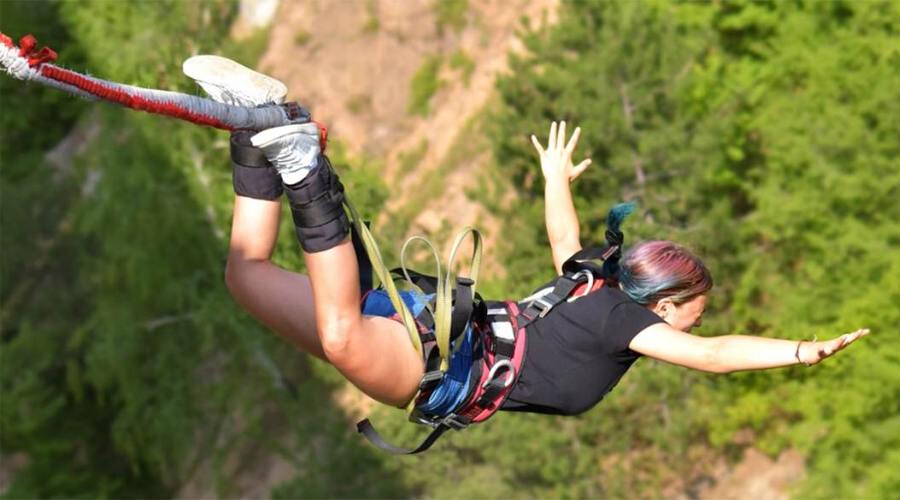Crater Lake National Park, located in southern Oregon, is one of the most breathtaking natural wonders in the United States. Known for its deep blue waters and remarkable clarity, Crater Lake is the centerpiece of a park that preserves both geological marvels and cultural history. Its past is a fascinating story of cataclysmic volcanic eruptions, Indigenous traditions, scientific exploration, and eventual protection as a national park. Understanding the history of Crater Lake reveals how natural events and human efforts combined to shape one of America’s most iconic landscapes.
Ancient Origins: The Eruption of Mount Mazama
The story of Crater Lake begins nearly 7,700 years ago, long before written records. At that time, a massive stratovolcano called Mount Mazama stood where Crater Lake exists today. Geologists estimate that Mazama was over 12,000 feet tall, rivaling the largest peaks in the Cascade Range.
Around 5700 BCE, Mount Mazama erupted in one of the most violent volcanic events in North America’s history. The eruption expelled an estimated 12 cubic miles of magma, sending ash as far as Canada and creating towering pyroclastic flows. As the magma chamber emptied, the volcano’s summit collapsed inward, forming a giant caldera roughly 6 miles across and 2,000 feet deep. Over centuries, rain and snow filled this basin, giving rise to Crater Lake. The eruption also created features such as Wizard Island, a smaller cinder cone that rises above the water, and Phantom Ship, a rocky island resembling a ghostly vessel.
Indigenous Perspectives and Legends
For the Native American Klamath Tribe, who have lived in the region for thousands of years, Crater Lake holds deep spiritual significance. Oral traditions describe a great battle between the sky god Skell and the underworld god Llao, which culminated in the destruction of Mount Mazama. According to legend, Skell triumphed, trapping Llao beneath the earth, and the resulting caldera became a sacred place of renewal and vision.
The Klamath people have long considered the lake sacred, and access was traditionally limited to spiritual leaders who undertook rituals and vision quests along its rim. These cultural perspectives highlight the profound connection between the natural formation of Crater Lake and Indigenous belief systems.
Discovery by Settlers and Scientific Interest
The first recorded sighting of Crater Lake by non-Native people occurred in 1853. A group of gold prospectors led by John Wesley Hillman stumbled upon the lake while exploring the Cascade Mountains. Struck by its vivid color, they called it “Deep Blue Lake.” Despite this discovery, the lake remained largely unknown to outsiders for several decades due to its remote location.
In the 1870s, interest in the lake grew. William Gladstone Steel, often referred to as the “Father of Crater Lake National Park,” became fascinated with the site after reading about it in a newspaper. Steel devoted much of his life to promoting its scientific and recreational value. He organized expeditions, encouraged photography, and invited geologists to study the lake’s origins. Their work confirmed that Crater Lake was formed by volcanic activity and had extraordinary purity and depth—later measured at nearly 1,949 feet, making it the deepest lake in the United States.
The Road to National Park Status
Steel’s efforts to protect the lake gained momentum in the late 19th century. With growing public awareness, he lobbied Congress to establish Crater Lake as a national park. His campaign emphasized both its scientific significance and its potential as a destination for recreation and inspiration.
In 1902, President Theodore Roosevelt signed legislation creating Crater Lake National Park, making it the fifth national park in the United States and the first in Oregon. The designation ensured that the lake and its surrounding forests would be preserved for future generations. The park initially spanned 249 square miles, protecting not only the lake but also Mount Mazama’s rugged rim and diverse ecosystems.
Development and Preservation
Following its establishment, the National Park Service and early rangers faced the challenge of balancing tourism with conservation. Roads, trails, and lodges were built to accommodate visitors, most notably the historic Crater Lake Lodge, completed in 1915. The construction of the Rim Drive, a scenic route encircling the caldera, provided easier access to viewpoints.
During the 20th century, the park became increasingly popular, drawing visitors from across the country. Scientists continued to study Crater Lake’s unique ecology, clarity, and geology. Strict protections were enacted to maintain the purity of the water, prohibiting streams from entering the lake and limiting human impact. Today, Crater Lake is renowned as one of the cleanest and clearest lakes in the world.
Crater Lake Today
More than a century after its designation, Crater Lake National Park remains a symbol of natural beauty and preservation. It attracts nearly half a million visitors annually, who come to hike its rim trails, boat to Wizard Island, or simply admire the intense blue waters. The park also serves as an outdoor laboratory, offering insights into volcanology, climate change, and high-altitude ecosystems.
At the same time, the Klamath Tribe and other Native groups continue to honor the lake’s spiritual legacy, reminding visitors that Crater Lake is more than a geological wonder—it is a place of cultural and sacred meaning.
Conclusion
The history of Crater Lake National Park is one of dramatic natural forces, enduring cultural traditions, and determined human advocacy. Born of a catastrophic volcanic eruption, revered by Indigenous peoples, and preserved through the efforts of conservationists, Crater Lake stands as a testament to both nature’s power and humanity’s capacity to protect it. Today, it represents not just a national treasure, but a living reminder of how history, geology, and culture intertwine in the landscapes we cherish.


